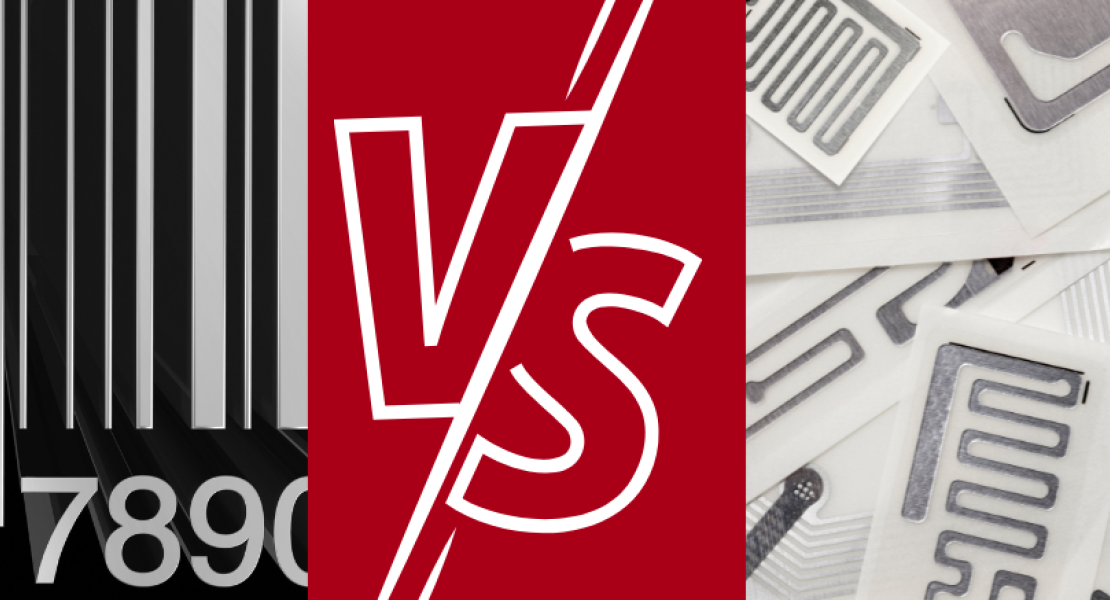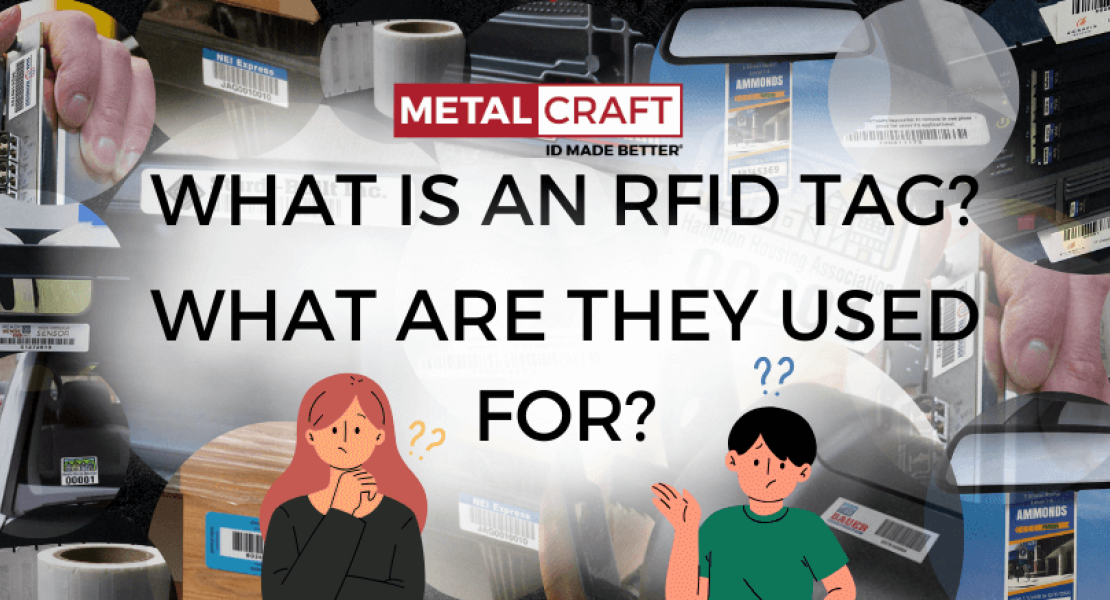RFID tags or barcode labels? It's the age old question and depending on who you ask and what their relationship is to that particular tracking technology you will probably get a different answer. My answer - it depends. There truly are many different factors which need to be considered when selecting a tracking technology.
For example, consider the material composition of the item being tracked. Assuming we are talking about passive UHF if the asset has a metal surface or contains liquid this will impact the readability. Barcode, on the other hand, is surface independent. Surface contour is another factor. Unlike RFID, barcode tags and labels can conform to curved surfaces. Environmental factors are also key. Heat, UV exposure, abrasion and chemicals may impair RFID while barcode tags can be designed to resist harsh environments.
After reading this information you might think RFID may not be the answer. However, there are numerous benefits to using RFID as your tracking technology.
First, RFID allows users the ability to read multiple items in a short period of time unlike single scan bar codes.
Second, line-of-sight isn't needed when reading an RFID tag as it is when scanning a bar code.
Third, depending on the type of inlay and readers user, RFID tags can have a much longer read range than bar code.
So, RFID or barcode? Let me rephrase my earlier response - after taking the above factors into consideration, it depends on whichever tracking technology is most appropriate for the application. How's that for being diplomatic?
To discover more about our RFID and barcode solutions, contact us at [email protected].

About the Author: Marianne Alvarado
Marianne Alvarado is our Vice President of Sales. Alvarado joined Metalcraft in March of 2000 as a Territory Specialist, became Sales Manager in January 2022 and was named Vice President of Sales during August of 2023. She leads both the Outside and Inside Sales teams. Marianne lives in Davenport with her husband, Dave Beeman.
Mobile Phone: 641-529-9492
Email: [email protected]
Office: 3360 9th St. SW, Mason City, IA 50401
Office Phone: 641-423-9460




